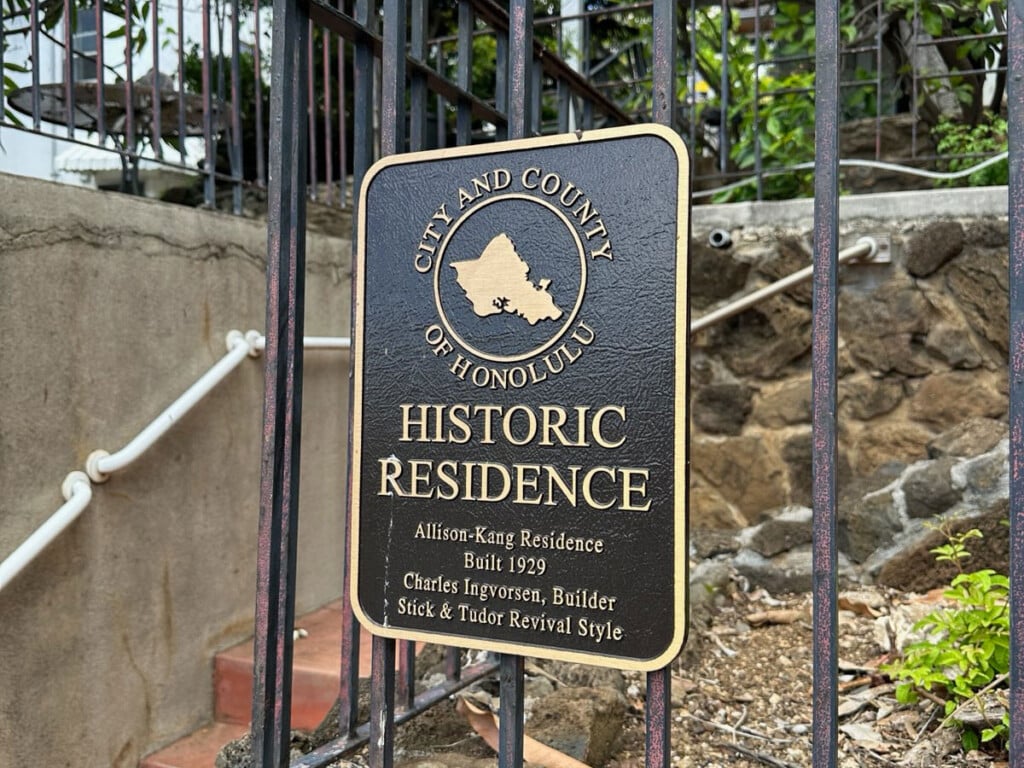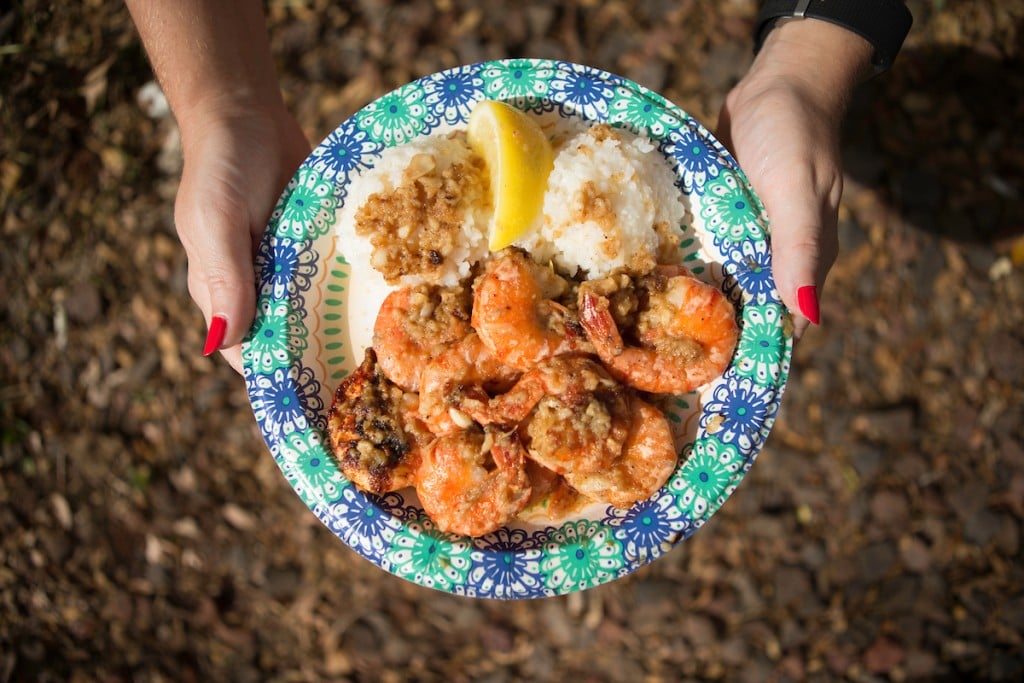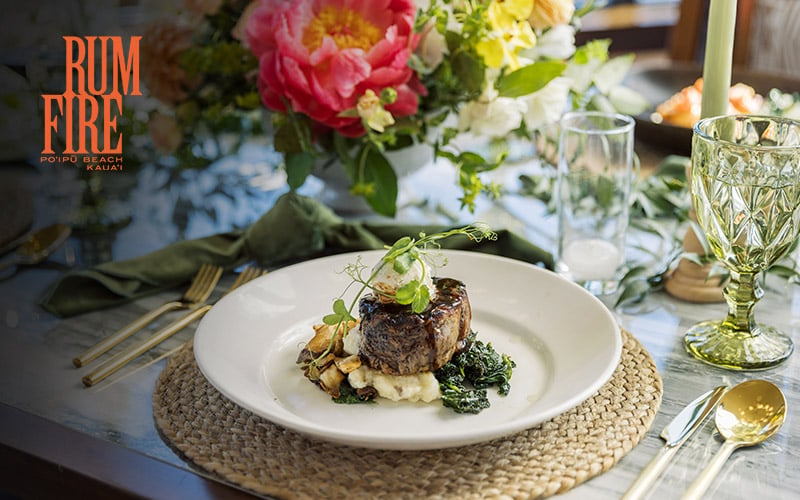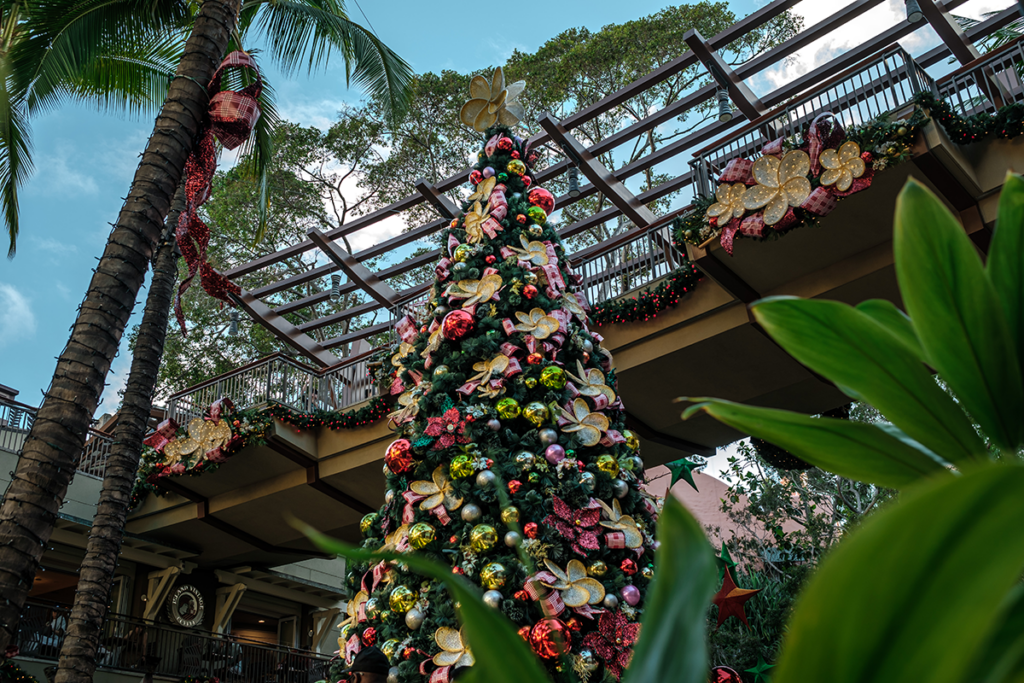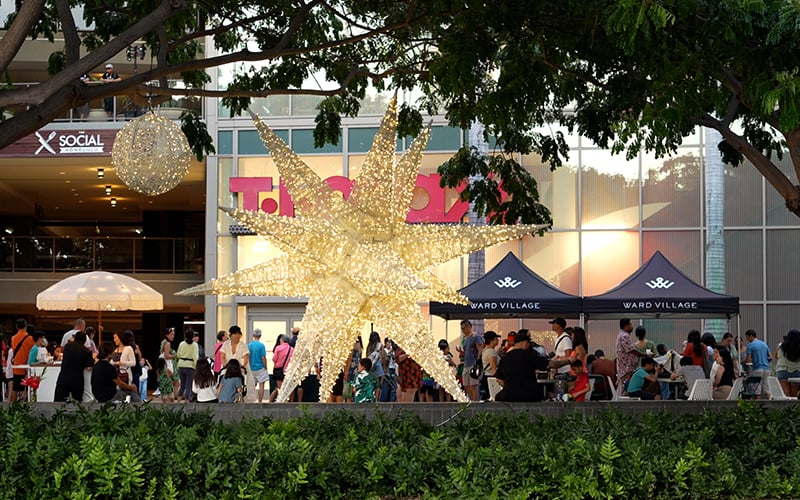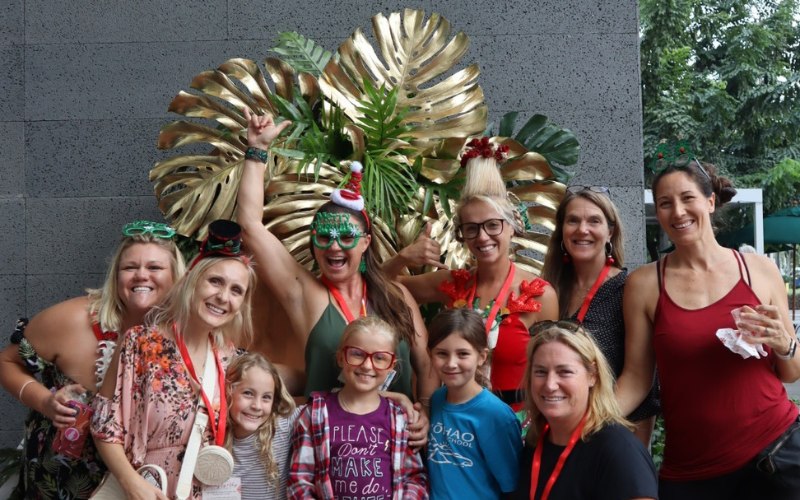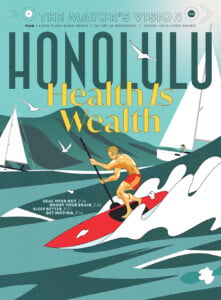Swimming with Sharks
A Hawai‘i author and lifelong surfer reflects on the pleasures and perils of an ocean life.
I surf, therefore I am. Or maybe it should be, I surf, therefore I think about sharks. I’m an author, and it just so happens that I have two Hawai‘i-based novels in the works—one about surfing and the other about sharks. Both have been very much on my mind lately.
When I was 4, my father pushed me into my first wave at Papa‘iloa on O‘ahu’s North Shore. That was the beginning of my love affair with the ocean. My father arranged his life so he could surf, and lived at Pipeline for a while before building his home at Rocky Point. I moved out to the country from Honolulu in 1999, when I worked as a counselor at Kahuku High and Intermediate School, partly to be closer to my father and partly because I too wanted that salty air lifestyle full of beach walks, shells and broken boards.
Until recently, I didn’t think of sharks all that much, except when I was paddling canoe and our coach would drop us outside of Kewalos just before dark to do “changes.” As I treaded water, my imagination would go wild, fearing that my pounding heart would attract a curious or hungry tiger shark. When I was a kid, everyone knew of Billy Weaver, a 15-year-old who was killed by a shark in 1958 while floating on a raft off Lanikai. But that was so long ago that it felt like a myth.

Photo: Credit E+; Philip Thurston
Since then, things have changed. Many in our Islands have faced one of our more primal fears and lived (or not) to tell about it. And the rise of social media has only increased awareness of what lies beneath the surface of our beautiful waters.
The tragic death of well-loved and legendary waterman Tamayo Perry ramped up that awareness dramatically. The local lifeguard, actor and former professional surfer was killed by a shark on June 23 while surfing on the North Shore. It was the ninth fatal shark attack in Hawai‘i in the past 30 years. His loss feels close to home, and not just because I lived on the North Shore and occasionally swam to or surfed at Goat Island, where the attack occurred, or that I used to see him on the beach and in the lineup, his warm smile exuding aloha. We know that what happened to him could easily have happened to us.
History tells us that here in Hawai‘i, sharks were hunted or culled by the thousands from the 1950s to the 1970s, most notably after the Billy Weaver incident. Sharks reproduce slowly, so these hunts took a toll on the shark population, including tiger sharks. They are finally rebounding, which should be encouraged. Sharks are apex predators, and we need them to keep the ocean in balance. They are also revered by Native Hawaiians and seen as ‘aumakua, deified ancestors and protectors. So shark hunts are not the answer.
The question that nags at me, as it might for other people in Hawai‘i, is what to do now? Do we stop doing something we love because of the risk? I, for one, will not, even though we can take precautions, like not going out when it’s murky or not wearing bright or contrasting clothing or fins. We should also surf or swim with others, and maybe like some of my friends, swim with a dive knife. When we enter a shark’s home, there’s no telling what could happen.
For many of us in Hawai‘i, whose worlds are so intricately entwined with the ocean, staying out of it feels impossible. Even Tamayo’s friends, in the aftermath of his death, said in media reports that he would have encouraged people to continue enjoying the ocean. So we will continue on doing what we love, more consciously, perhaps, and hope that those we’ve lost are keeping watch over us.
SEE ALSO: 9 Tips to Avoid a Shark Attack in Hawai‘i

Photo: Courtesy of Sara Ackerman
Sara Ackerman is the author of six historical novels set in Hawai‘i, including Radar Girls and The Lieutenant’s Nurse. Her next novel, The Maui Effect, will be released in November 2024.
ackermanbooks.com, @saraackermanbooks
